This is my first try at implementing the Onion Architecture.

AppService -> folder for the abstractions for the entire Application
Business -> Business logic using the abstractions in the Core project
DataService -> folder for abstractions that are implemented in the DataAccess project
Model -> Entities used by the application
WebService -> folder for abstractions that are implemented in the WebAccess project
- Are the folder above placed correct?
- Is the place for the DependencyResolution project in the Domain folder?
- Should each of the projects in the Infrastructure contain a DependencyRegistrar file that registers the interfaces in the Core project with the implementation in the project it's included in?
- Should the WebApi project be placed in Presentation->Api? Is it a presentation?
- Should I place all unit tests for each project in the 'Tests' folder?
Thanks in advance.